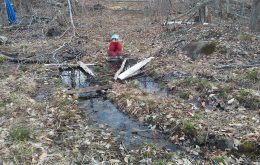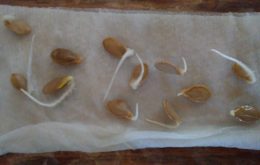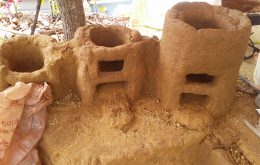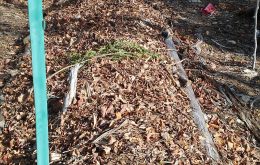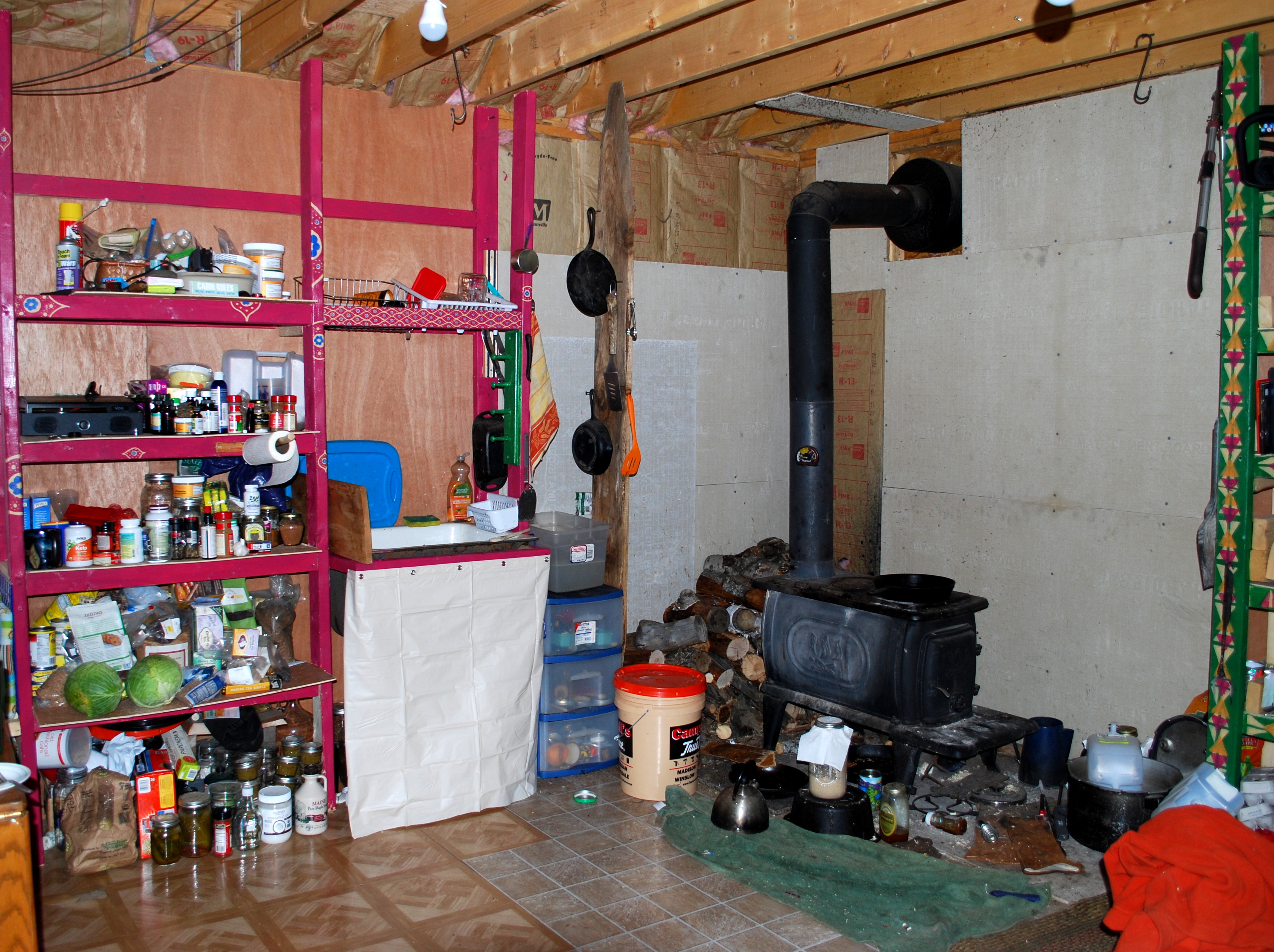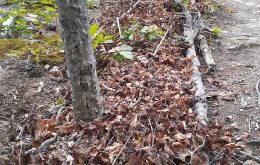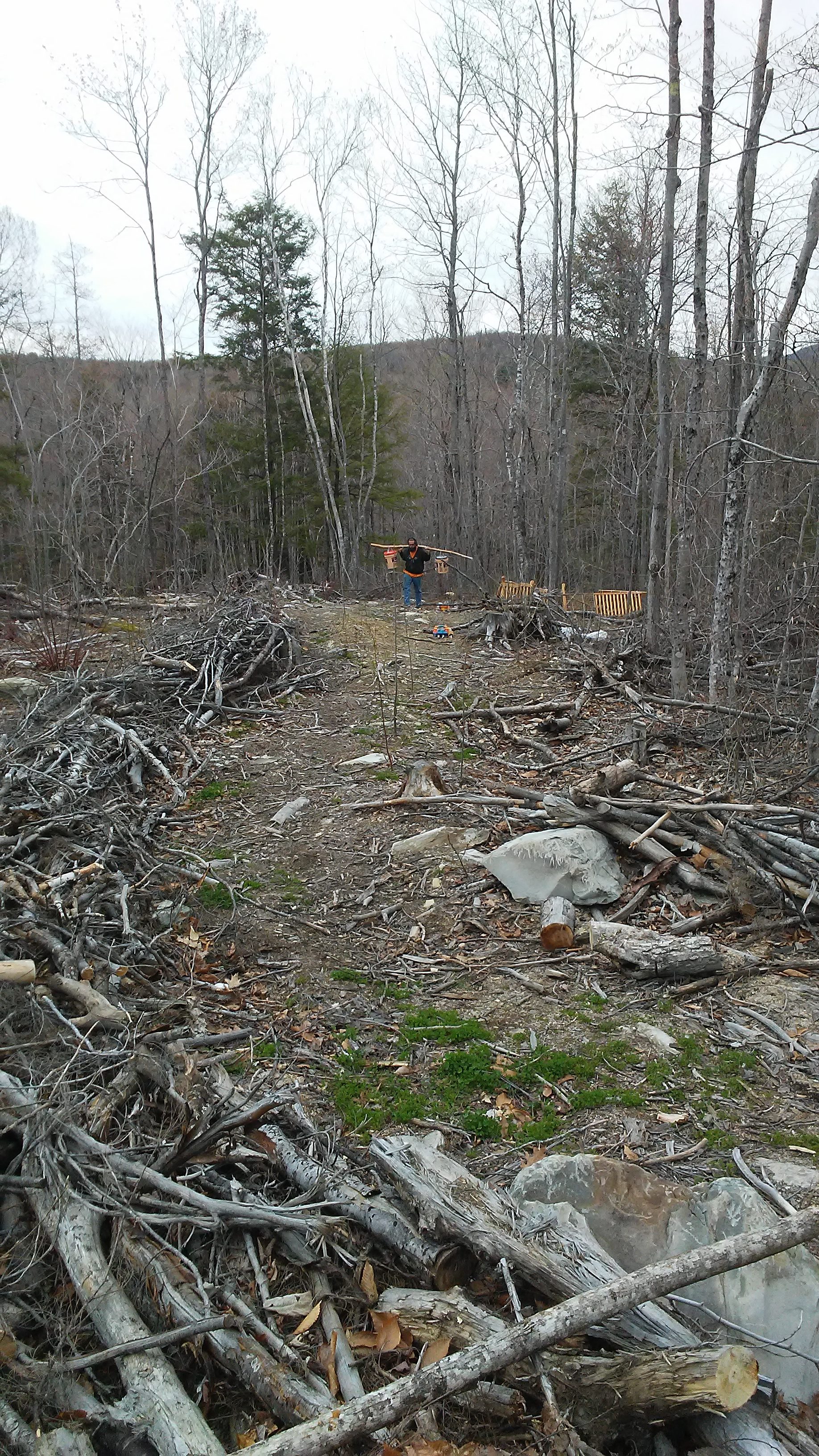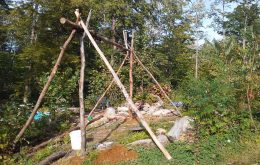Building a Frog Habitat
Frogs can be great friends for you have in your garden and great learning tools for your kids. Frogs eat lots of bugs like mosquitos and garden pests. The more frogs, the less pests. Watching frog eggs turn into tadpoles and then frogs in your own backyard is awesome to …
Starting Seeds with Kids
Living on a homestead, you grow your own food. Maybe just a small garden at first, but it’s a big part of having a homestead. The kids need to learn how to grow their own food, too. Let’s get them started ASAP, so they know from a young age that …
Keeping Busy, Waiting to Build
The snow has taken forever to melt. We can’t start digging as soon as I had hoped. That’s ok though. I have a lot of other things I can do to keep busy. I’ll be building some small things like a rainwater system. I am planting tons of seeds and …
Testing Seed Viability, Teaching Kids Gardening
An important part of raising children on the homestead is to teach the children how to do all the different homestead chores. Not only for them to learn for themselves, but to also learn responsibility for their share of the work. Now, my children are too young to be sent …
12. Creatively Use and Respond to Change
And the last permaculture principle is: Creatively use and respond to change. Things change all the time. Change can not be avoided. You may as well embrace it. The picture above is an experiment we did with cob rocket stoves. We wanted to build 3 burners, but were’nt really sure …
11. Use Edges and Value the Marginal
Think about two different eco systems: a forest and a meadow. The forest is full of larger trees an d larger animals, while the meadow is full of smaller plants and animals. The two habitats provide very different needs for the different animals. Now think about where the meadow meets …
10. Use and Value Diversity
Principle number 10…Use and value diversity. I find this principle to very closely related to number 8, integrate rather than segregate. In order to integrate, you need to have diversity. Integrating has more to do with building systems and diversity is more about having many different options for your needs …
9. Use Small and Slow Solutions
Slow Down!….is permaculture principle number 9. Everything going on in the world seems to have to be so big and so fast. I moved out of town to slow down, why not apply that to my homestead building? My biggest example of small and slow solutions are my hugelkultur beds. …
8. Integrate Rather than Segregate
Much of modern agriculture is large, monoculture farms. Monoculture means that the farms produce one crop in mass quantities, like corn or wheat. Permaculture focuses more on polyculture. This means to grow many crops all together as one big happy family. There are a few reasons why polyculture works so …
7. Design from Pattern to Details
Permaculture principle number 7 is design from patterns to details. A huge part of permaculture is following the patterns of nature. Nature does things in a way that runs smoothly and efficiently. It does not produce unusable waste or take in excess, usually. Following the patterns of nature should help …
